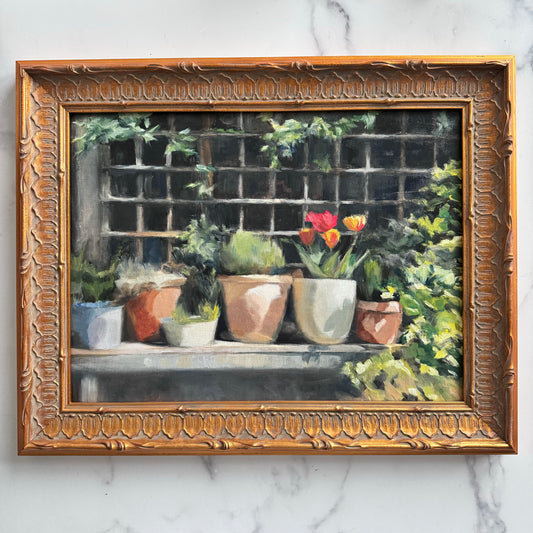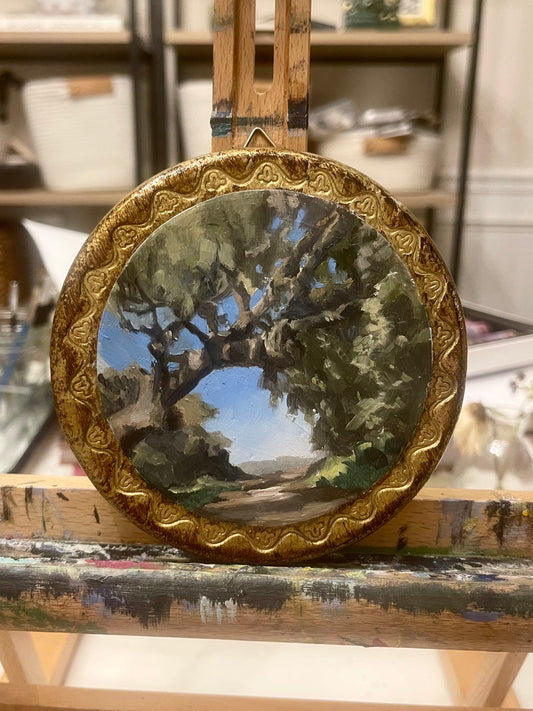Still life art, with its depiction of inanimate objects, may seem straightforward at first glance. However, beneath the surface lies a rich world of symbolism and hidden meanings. Throughout history, artists have used still life compositions to convey deeper messages, explore themes of mortality, wealth, spirituality, and societal values. In this article, we will delve into the symbolism found in still life art, unraveling the stories behind the objects and the layers of meaning they represent.
One of the most prominent themes in still life art is the concept of vanitas and memento mori. Vanitas, Latin for "vanity," refers to the transient nature of life and the inevitability of death. Memento mori, meaning "remember you must die," serves as a reminder of mortality. Artists often include objects such as skulls, hourglasses, extinguished candles, and decaying fruits to symbolize the passage of time, the brevity of life, and the futility of material possessions.
Flowers and fruits are common elements in still life compositions, each carrying its own symbolic significance. For example, roses often represent love and beauty, while lilies can symbolize purity and spirituality. Fruits, such as apples or pomegranates, can symbolize temptation, abundance, or the fleeting nature of pleasure. Artists may use these objects to explore themes of desire, temptation, and the cycle of life.
Tableware and utensils, such as goblets, plates, and cutlery, can carry symbolic meanings in still life art. For instance, a broken or overturned goblet may symbolize the fragility of life or the loss of innocence. A skull placed on a plate can represent the inevitability of death and the transient nature of earthly pleasures. These objects often serve as reminders of the impermanence of human existence and the vanity of material possessions.
Books and manuscripts are frequently included in still life compositions, symbolizing knowledge, wisdom, and the pursuit of intellectual pursuits. They can also represent the passage of time and the accumulation of human achievements. Artists may incorporate open books or manuscripts with specific texts or illustrations to convey deeper meanings related to philosophy, religion, or cultural values.
Everyday objects and personal belongings found in still life art can carry symbolic significance. For example, a pocket watch may symbolize the passage of time or the fleeting nature of life. A musical instrument can represent the harmony and rhythm of existence. Artists may also include items such as globes, maps, or compasses to symbolize exploration, knowledge, or the human desire to understand the world.
The symbolism in still life art is vast and varied, with artists using objects and compositions to convey complex ideas and emotions. By exploring the hidden meanings behind these seemingly ordinary objects, we gain a deeper appreciation for the artistry and thoughtfulness that goes into creating still life compositions. So, the next time you encounter a still life painting, take a moment to unravel the symbolism and uncover the stories that lie within the arrangement of objects.








